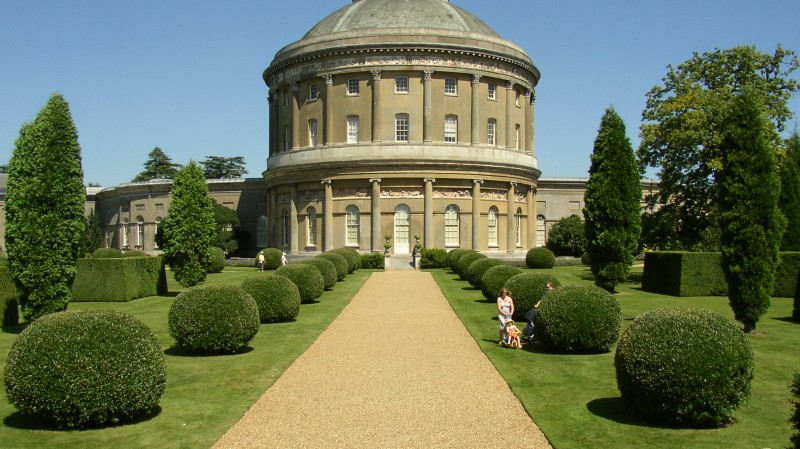You are here: What is a heritage asset?
What is a heritage asset?
The answer to that question depends on your point of view. If you are a weekend sightseer, a heritage asset is something to celebrate. However, if you are a developer... maybe not so much.
In a legal sense, a heritage asset is anything that needs to be preserved for future generations, like listed buildings, significant maritime wreck sites, ancient monuments and conservation areas. If you want to build on or adapt a heritage asset, there is no guarantee that you will be granted permission and, even if you are, that permission may come with some hefty caveats.
This makes sense when you consider the official definition from the National Planning Policy Framework (NPPF), which states that “heritage assets range from sites and buildings of local historic value to those of the highest significance, such as World Heritage Sites which are internationally recognised to be of Outstanding Universal Value. These assets are an irreplaceable resource and should be conserved in a manner appropriate to their significance, so that they can be enjoyed for their contribution to the quality of life of existing and future generations.”

Owning a listed building comes with certain responsibilities
How will listing affect me?
Beyond the asset itself
It might not only be the heritage asset that is protected, though, so even buying land or property nearby might limit your development options. The NPPF also takes into account the heritage asset’s setting which, “is not fixed and may change as the asset and its surroundings evolve. Elements of a setting may make a positive or negative contribution to the significance of an asset, may affect the ability to appreciate that significance or may be neutral.”
If you think that sounds woolly, an example might help. London’s St Paul’s Cathedral is a heritage asset, and there are 13 specified views of it that can’t be obstructed. The longest of these terminates at a vantage point in Richmond Park, a not inconsiderable 10 miles (16 kilometres) from the pulpit. This viewpoint was designated upon the cathedral’s completion more than 300 years ago, and requires that a holly bush be kept clipped so as not to obscure the sightline. The legal stipulation to preserve that view will also affect planning applications made within the 10-mile corridor between the bushes and the cathedral’s famous dome.
Buyers beware
So, should you avoid buying a property — or site — designated a heritage asset? That very much depends what you want to do with it. If you want to preserve it for future generations, it might make a wonderful, if expensive project. Just be prepared for regular checks from the various authorities that have an interest in making sure you are using authorised methods and materials.
If you want to ‘make it your own’, on the other hand, your options will be extremely limited. Historic England mandates that Local Planning Authorities “should take an [opinion] of heritage assets and the desirability of putting them to viable uses consistent with their conservation. They are also obliged to consider the positive contribution that conserving such heritage assets can make to sustainable communities including their economic vitality.”
With this in mind, do your research first and make enquiries where possible. Consult an architect and surveyor prior to setting down any money, and at the very least, discuss with your local council’s planning department the likelihood of permission being granted at all.
If you are looking for help with a project for a Heritage Asset, you may need help from some of the following experts. Clicking on the links below will instantly give you contact details for Experts in your local area:
Historic Buildings
Find local experts
Architectural Design Services
Find local Architectural Design experts
Archaeological Surveys
Find local Specialists to advise on Archaeological Surveys
Builders
Find local help with a building project

